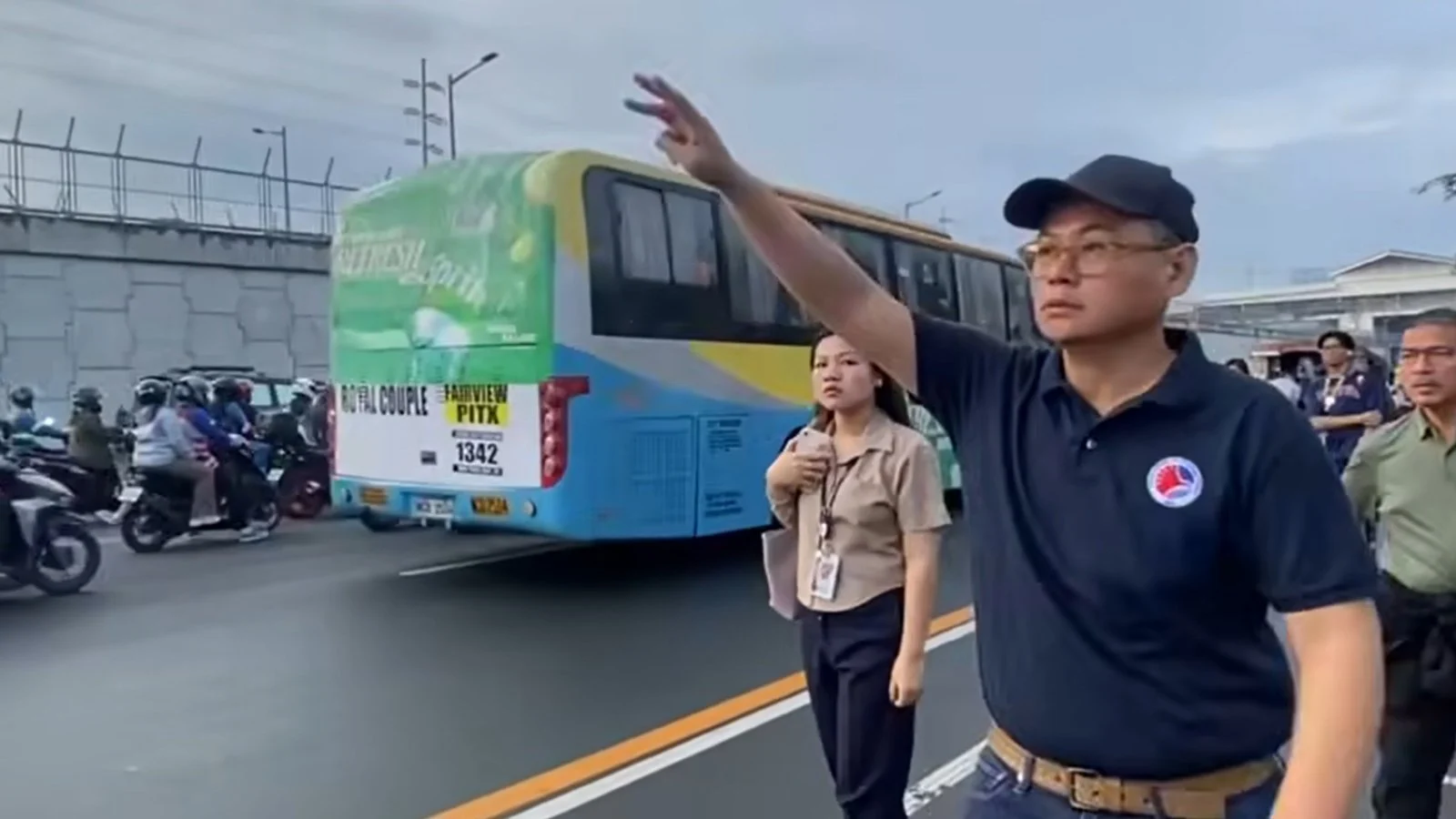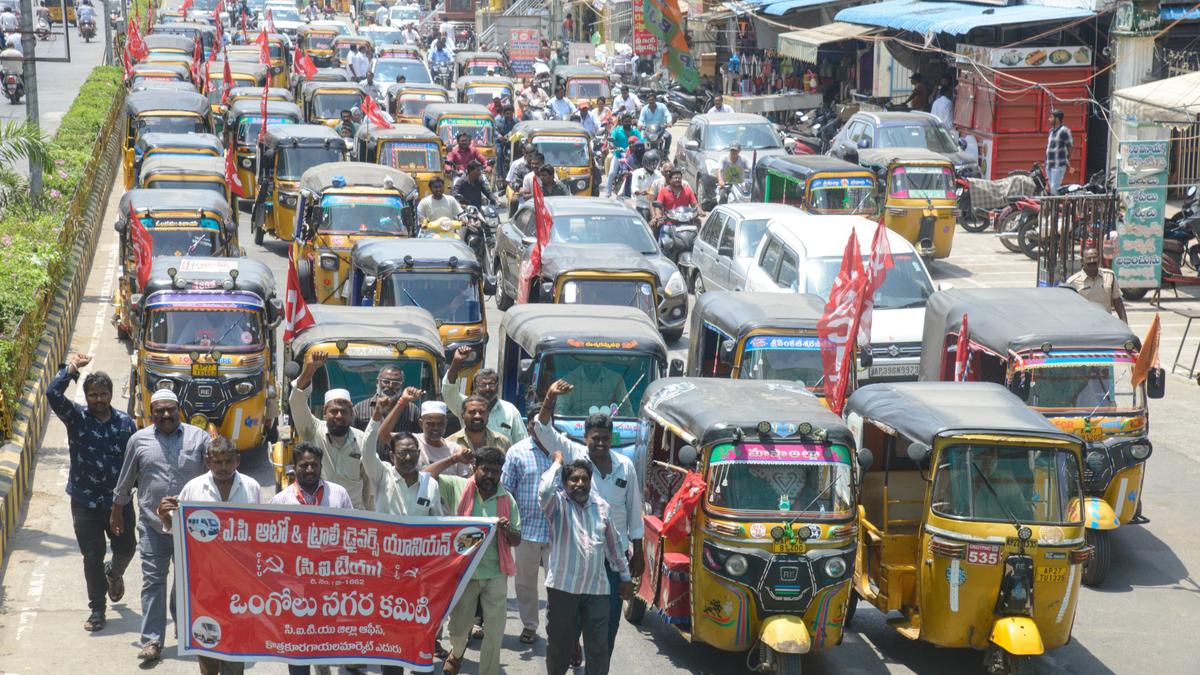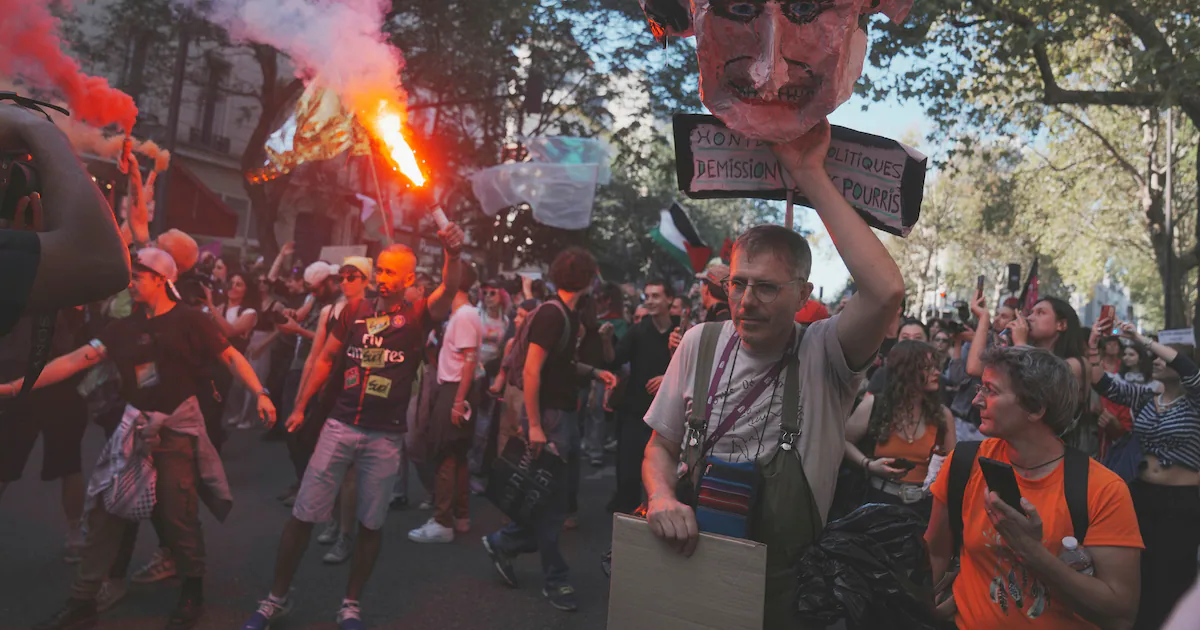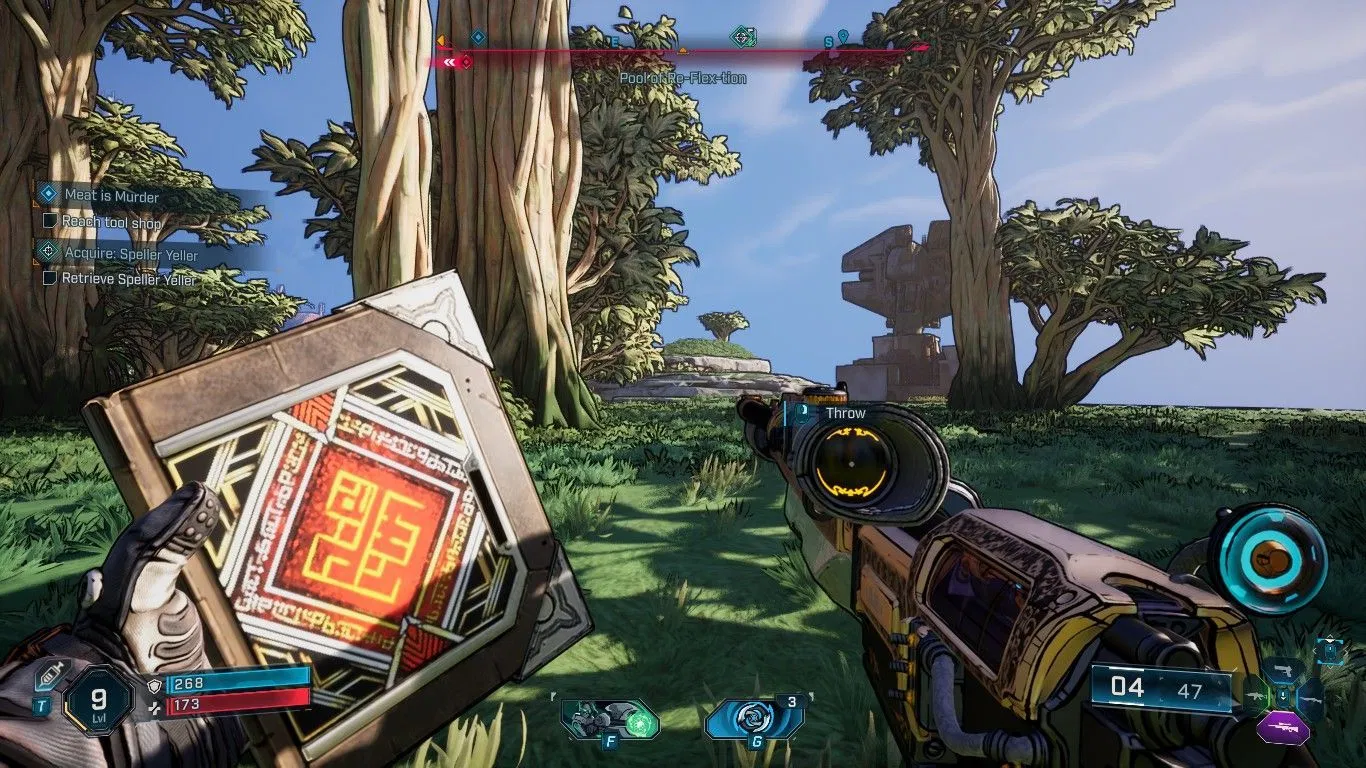By Sam Beltran
Copyright scmp

The Philippines’ new acting transport secretary has likened his ride in an overcrowded bus in Manila recently to “going to war”, prompting him to order his officials to commute weekly on the country’s public transport system so they can experience the daily ordeal of Filipinos.
The highly publicised move has drawn praise from some advocacy groups, but also brickbats from critics who argue it amounts to political theatre that sidesteps deeper transport and infrastructure failures.
Giovanni Lopez, who took over as transport chief two weeks ago, described his commute on Monday as “a punishment”, recounting how he found himself packed into a public bus with 90 passengers despite it only being designed to seat up to 50.
“When I rode the bus, we were about 90 inside. You’re unable to move. You just have to breathe slowly. It was like… ‘stay calm, stay patient’,” he said on a radio programme.
Lopez added that when he boarded another bus, he was told off by a passenger that it was too full.
“I was trying to make my meeting at the office at 8am. The one riding right on the footboard said, ‘We’re full.’ I just said sorry and backed off, and looked for another bus.”
The experience was “quite chaotic,” as there were not enough vehicles to accommodate commuters, Lopez said. “It’s like you’re going to war – everyone is chasing the bus to get on.”
Lopez replaced Vince Dizon, who was named head of the Department of Public Works and Highways amid ongoing investigations into the 545 billion peso (US$9.5 billion) flood control scandal.
After his experience, Lopez ordered transport officials to use public transport at least once a week – beginning on Wednesday – and let them witness train, bus and jeepney commuters who put up with regular overcrowding, delays and long queues.
The Philippines has been consistently ranked as having one of the worst traffic congestions in the world, with Manila ranking 15th among 500 cities in 62 countries, and Davao in Mindanao faring worse in 10th place, according to the 2024 TomTom traffic index.
A separate study by the Philippine Institute for Development Studies published in May showed that the Philippines’ transport system lagged behind that of its Southeast Asian neighbours.
“The Philippines continues to suffer from inadequate and poor quality road and rail transport infrastructure,” according to the study, which recommended a long-term plan to improve national transport infrastructure.
The government said it would support Lopez’s order, according to Presidential Communications Undersecretary Claire Castro. “It’s good so that public officials can truly experience what commuters go through every day,” she said.
Transport officials are required to submit weekly reports indicating their observations and recommendations arising from their rides.
Active mobility and transport advocates have hailed Lopez’s attempt to tackle a longstanding problem.
“We believe that the only way these officials will understand the plight of commuters is if they themselves take public transit regularly and experience first-hand the long queues, squeezing into jam-packed trains and rickety buses and jeeps, and enduring long travel times,” the Move As One Coalition said in a statement.
“These initiatives should go beyond mere observation. The real test is whether these insights translate into real reforms that reduce travel times and improve the commuter experience,” it added.
The group also said that the appointment of Dizon, who announced plans to secure funding for a transport master plan, was a “rare and historic opportunity” for the transport and public works agencies to make the country less dependent on cars.
“The coalition believes that stronger coordination between these agencies can deliver transformative change, shifting away from car-centric development towards infrastructure that truly puts people first,” it said.
Exercise in ‘good optics’?
Not all observers are convinced, arguing that the move is a public relations exercise for Lopez’s agency and does not address the root of the country’s transport problems.
Redento Recio, an associate professor at the University of the Philippines Diliman’s department of community development, told This Week in Asia it was “definitely good optics” to impress Filipinos that transport officials were doing something.
“Whether this will address the fundamental causes of our transport woes in Metro Manila is another thing altogether. As a daily commuter, I think such a move might point you to some transport issues, but what it offers is just a limited, partial understanding of the largely infrastructural dimensions of the transport crisis,” he said.
Recio argued that the order directing officials to take public transport weekly was “an admission” that officials had “limited understanding of what ails our commuting public”.
What assurance do we have that they are sincere this time around?
Nanoy Rafael, PARA-Commuters Network’s convenor
Nanoy Rafael, convenor of the community advocacy group PARA-Commuters Network, agreed, calling the move “a publicity stunt”.
“This implies that if they’re only starting to learn about these issues now, their past policies have no basis then. This is insulting, as we’ve long shared with them our real grievances and experiences on the ground. We’ve given them research and position papers and protested on the streets,” Rafael told This Week in Asia.
“What assurance do we have that they are sincere this time around?”
The transport crisis in the country had been compounded by the jeepney modernisation programme, which had significantly reduced the availability of jeepneys and failed to keep up with public demand, Rafael said.
The programme requires jeepney drivers to replace their vehicles that are at least 15 years old with eco-friendly models.
However, critics argue that the programme places the cost burden on these drivers, who could each incur spending of between 2.5 million (US$43,000) and 3 million pesos (US$52,000) to import newer jeepneys.
Rafael said that there were now only 128,000 jeepneys nationwide, a sharp drop from 300,000 before the launch of the programme in 2017.
With only 11,000 modern jeepneys on the road, there were not enough jeepneys to serve the public, he added.
Recio said officials could work on “low-hanging fruits” for a start to improve the commuting experience, such as expanding heavily congested transport terminals and MRT stations and making fares more affordable.
They should be inclusive in their approach to tackling the issue by involving not just government agencies, but also commuters’ groups, workers’ unions, civil society organisations and students, he added.
“These immediate interventions need to be part of a broader strategic transport plan and policy agenda. I want to see a strategic transport plan that treats transport services as a public good that requires sustained government funding.”



